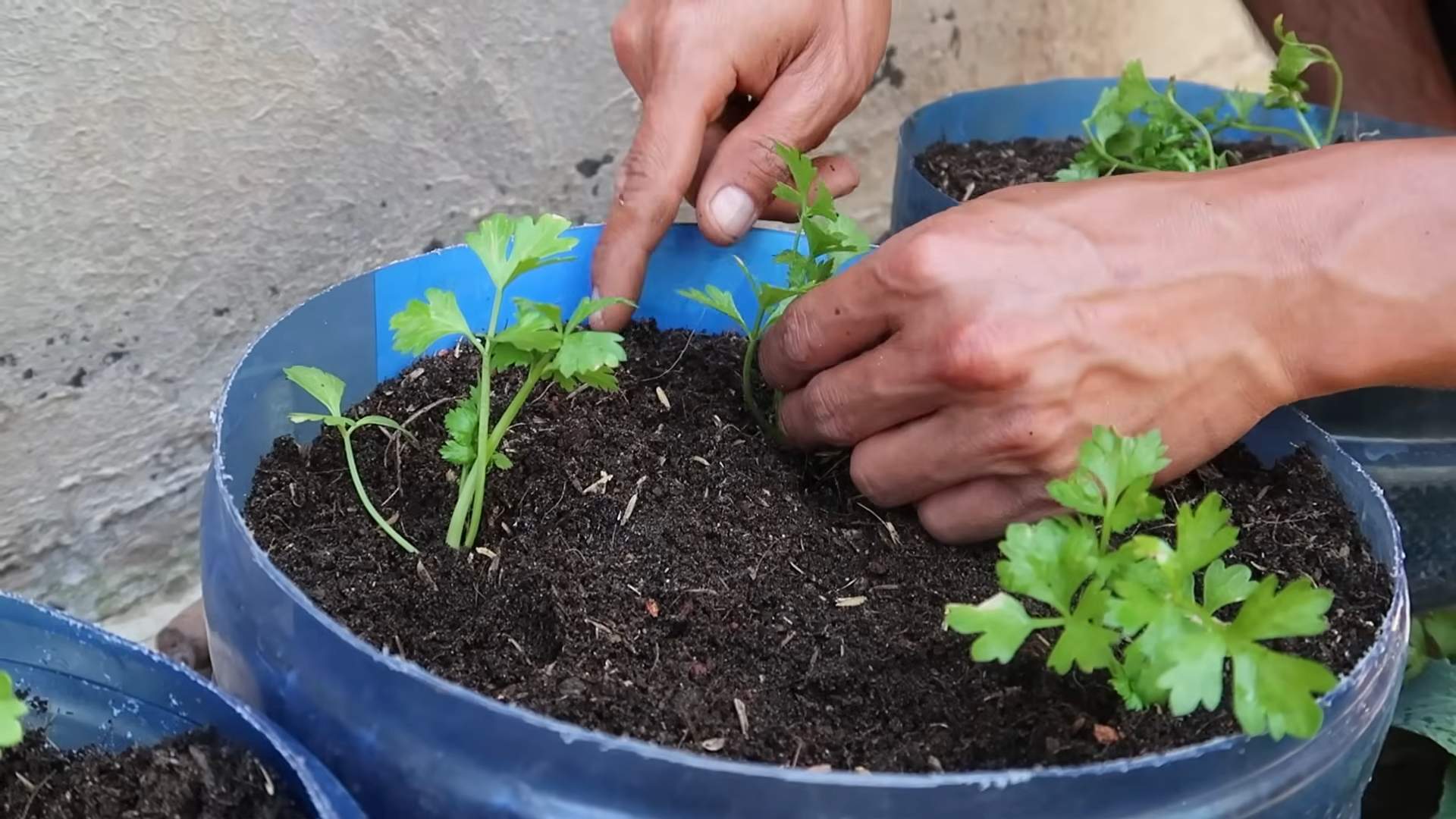Celery hack food storage: Are you tired of watching your crisp, vibrant celery turn limp and lifeless in the crisper drawer? I know I am! It’s a kitchen tragedy we’ve all experienced. But what if I told you there’s a simple, almost magical, DIY trick that can keep your celery fresh and crunchy for weeks?
Celery, a staple in soups, salads, and snacks, has a rich history. Originating in the Mediterranean, it was initially valued more for its medicinal properties than its culinary uses. Over time, it evolved into the crunchy vegetable we know and love. However, its delicate nature means proper storage is crucial.
In today’s world, where reducing food waste is more important than ever, mastering effective food storage techniques is essential. Nobody wants to throw away perfectly good produce, especially with rising grocery costs. This celery hack food storage solution isn’t just about saving money; it’s about being more sustainable and making the most of the food we buy. I’m going to show you a super easy method that will transform how you store celery, keeping it crisp, flavorful, and ready to enjoy whenever you need it. Get ready to say goodbye to soggy celery and hello to long-lasting freshness!

How to Keep Celery Fresh for Weeks: The Ultimate DIY Hack
Okay, let’s be honest, how many times have you bought a bunch of celery, used a few stalks, and then watched the rest slowly turn into a limp, sad, and ultimately unusable mess in your crisper drawer? I know I’ve been there way too many times! That’s why I’m so excited to share this game-changing DIY hack that will keep your celery crisp and fresh for weeks, maybe even a month! Seriously, this is a game-changer for reducing food waste and saving money.
What You’ll Need
Before we dive in, let’s gather our supplies. This is a super simple hack, so you probably already have everything you need:
- A head of celery
- Aluminum foil
- A sharp knife
- Optional: Vegetable wash
Why This Works: The Science Behind the Freshness
The key to keeping celery fresh is understanding why it goes bad in the first place. Celery, like many vegetables, loses moisture over time, causing it to become limp and lose its crispness. It also produces ethylene gas, which accelerates the ripening (and eventually, the rotting) process.
Aluminum foil helps in two ways:
* Moisture Control: The foil creates a barrier that helps to retain the celery’s natural moisture, preventing it from drying out.
* Ethylene Absorption: While not a perfect solution, aluminum foil can help to absorb some of the ethylene gas produced by the celery, slowing down the ripening process.
Step-by-Step Instructions: Wrapping Your Celery for Success
Alright, let’s get to the good stuff! Here’s how to wrap your celery to keep it fresh for weeks:
-
Prepare the Celery
First things first, let’s give our celery a good cleaning. If you want, you can use a vegetable wash to remove any dirt or pesticides. I usually just rinse it thoroughly under cold running water, making sure to get into all the nooks and crannies where dirt might be hiding.
-
Dry the Celery
This is a crucial step! Excess moisture is the enemy of freshness. Use a clean kitchen towel or paper towels to thoroughly dry the celery. Pay special attention to the base of the stalks, where water tends to accumulate. You want the celery to be as dry as possible before wrapping it.
-
Wrap in Aluminum Foil
Now for the magic! Take a large sheet of aluminum foil – you’ll want it to be big enough to completely wrap the entire head of celery. Place the celery in the center of the foil and tightly wrap it, making sure to seal all the edges. The goal is to create a snug, airtight package.
Pro Tip: I like to double-wrap the celery for extra protection, especially if I plan on storing it for a longer period. Just use another sheet of foil and repeat the wrapping process.
-
Store in the Refrigerator
Once your celery is wrapped, place it in the crisper drawer of your refrigerator. This is usually the best place for storing vegetables, as it helps to maintain a consistent temperature and humidity level.
Troubleshooting and Tips for Maximum Freshness
Even with the best wrapping technique, there are a few things that can affect the freshness of your celery. Here are some tips to help you get the most out of this hack:
- Check for Damage: Before wrapping, inspect the celery for any signs of damage or bruising. Remove any damaged stalks, as they can accelerate the spoilage of the entire bunch.
- Don’t Wash Before Storing (Unless You Dry Thoroughly): I know I said to wash it, but if you’re short on time and can’t dry it *completely*, it’s better to skip the washing step and just wash it right before you use it. Excess moisture is a breeding ground for bacteria and mold.
- Rewrap After Use: Every time you use a stalk of celery, make sure to rewrap the remaining portion tightly in fresh aluminum foil. This will help to maintain the moisture barrier and prevent the celery from drying out.
- Monitor for Condensation: If you notice condensation forming inside the foil, it’s a sign that there’s too much moisture. Remove the celery from the foil, dry it thoroughly, and rewrap it in fresh foil.
- Consider Pre-Cutting: If you know you’ll be using the celery for snacking or salads, you can pre-cut it into sticks before wrapping it. Just make sure to dry the sticks thoroughly before wrapping them in foil. This can save you time later and make it more convenient to grab a healthy snack.
- Don’t Store Near Ethylene-Producing Fruits: Some fruits, like apples, bananas, and avocados, produce a lot of ethylene gas. Avoid storing your wrapped celery near these fruits, as the ethylene gas can accelerate the ripening process and cause the celery to spoil faster.
Beyond the Foil: Other Celery Storage Options
While the aluminum foil method is my go-to, there are a few other celery storage options you might want to consider:
- Water Bath Method: This involves cutting the celery stalks and placing them in a container of water in the refrigerator. Change the water every day or two to keep it fresh. While this method can work, it can also make the celery waterlogged if you’re not careful.
- Reusable Produce Bags: There are now reusable produce bags specifically designed to keep vegetables fresh. These bags often have special linings that help to absorb moisture and ethylene gas.
- Vacuum Sealing: If you have a vacuum sealer, you can vacuum seal the celery to remove air and prevent it from drying out. This is a great option for long-term storage.
What to Do with Limp Celery: Don’t Throw It Away!
Even with the best storage methods, celery can sometimes become a little limp. But don’t throw it away! There are plenty of ways to revive limp celery and use it in your cooking:
- Ice Water Bath: Soak the limp celery in a bowl of ice water for about 30 minutes. This will help to rehydrate the celery and restore its crispness.
- Soups and Stews: Limp celery is perfect for adding flavor to soups, stews, and broths. The cooking process will soften the celery, so you won’t even notice that it was once limp.
- Smoothies: Celery is a great addition to smoothies. It adds a subtle flavor and a boost of nutrients.
- Juicing: Celery juice is a popular health trend. It’s a great way to get your daily dose of vitamins and minerals.
- Composting: If all else fails, you can always compost your limp celery. This is a great way to reduce food waste and enrich your garden soil.
Final Thoughts: Enjoy Fresh Celery for Longer!
I hope this DIY hack helps you keep your celery fresh for weeks and reduces food waste in your kitchen. It’s a simple trick, but it can make a big difference. Give it a try and let me know how it works for you! Happy snacking!

Conclusion
So, there you have it! This simple, yet incredibly effective celery hack for food storage is more than just a kitchen trick; it’s a game-changer for reducing food waste, saving money, and enjoying crisper, fresher celery for longer. We’ve all been there – buying a bunch of celery with the best intentions, only to find it limp and sad in the crisper drawer a few days later. This method bypasses that disappointment entirely.
Why is this a must-try? Because it’s easy, affordable, and yields remarkable results. You’re not investing in expensive containers or complicated systems. All you need is water and a little bit of your time to prepare your celery for optimal storage. Think about the impact this small change can have: less food ending up in the landfill, more nutritious snacks and meals readily available, and a feeling of satisfaction knowing you’re being resourceful in the kitchen.
Beyond the basic method, there are a few variations you might want to experiment with. For instance, if you prefer to use your celery already chopped for salads or soups, you can still apply this technique. Simply chop the celery into your desired size, place it in a container, cover it with water, and store it in the refrigerator. Just be sure to change the water every couple of days to maintain freshness. Another variation is to add a small amount of lemon juice or vinegar to the water. This can help to further inhibit bacterial growth and extend the celery’s shelf life. Some people also find that wrapping the celery loosely in a paper towel before placing it in the water helps to absorb excess moisture and prevent it from becoming soggy.
This celery hack is a win-win for both your wallet and the environment. It’s a small change that can make a big difference in the way you manage your food and reduce waste.
We wholeheartedly encourage you to give this DIY celery hack a try. It’s so simple, you’ll wonder why you haven’t been doing it all along! Once you’ve experienced the difference it makes, we’d love to hear about your results. Share your experiences, tips, and variations in the comments below. Did you find that a particular type of container worked best? Did you add any special ingredients to the water? Your insights can help others discover the full potential of this amazing food storage trick. Let’s work together to create a community of resourceful cooks who are committed to reducing food waste and enjoying fresh, delicious celery whenever they want it. So go ahead, give it a try, and let us know what you think! You might just be surprised at how much longer your celery stays crisp and delicious.
Frequently Asked Questions (FAQ)
Why does this celery hack work so well?
The key to this celery hack lies in understanding why celery wilts in the first place. Celery is primarily composed of water, and when it’s exposed to air, it loses moisture, causing it to become limp and lose its crispness. By storing celery in water, you’re essentially replenishing the moisture it loses, keeping it hydrated and preventing it from drying out. The water acts as a barrier, protecting the celery from the drying effects of the refrigerator environment. This method mimics the natural environment in which celery thrives, allowing it to retain its freshness and crispness for a significantly longer period.
How long will celery last using this storage method?
Typically, celery stored using this method can last for 2-4 weeks in the refrigerator, sometimes even longer. This is a significant improvement compared to the typical 1-2 weeks that celery lasts when stored in the crisper drawer without any special treatment. However, the exact shelf life can vary depending on the initial freshness of the celery and the temperature of your refrigerator. It’s always a good idea to check the celery periodically and discard it if you notice any signs of spoilage, such as a slimy texture or an unpleasant odor.
What type of container is best for storing celery in water?
Any airtight container that is large enough to hold the celery stalks and water will work. Glass containers, plastic containers, and even large resealable bags can be used. The most important thing is to ensure that the container is clean and that the celery is fully submerged in water. If you’re using a container that isn’t completely airtight, you may need to change the water more frequently to prevent it from becoming cloudy or developing an odor.
How often should I change the water?
It’s generally recommended to change the water every 2-3 days. This helps to prevent the growth of bacteria and keeps the celery fresh. When you change the water, you can also take the opportunity to rinse the celery stalks and remove any debris that may have accumulated. If you notice that the water becomes cloudy or develops an odor before 2-3 days, it’s best to change it immediately.
Can I use this method for other vegetables?
While this method is particularly effective for celery, it can also be used for other vegetables that tend to wilt quickly, such as carrots, asparagus, and leafy greens. The principle is the same: keeping the vegetables hydrated helps to maintain their crispness and freshness. However, the shelf life may vary depending on the type of vegetable. For example, leafy greens may not last as long as celery when stored in water.
Is it safe to store celery in water for an extended period?
Yes, it is generally safe to store celery in water for an extended period, as long as you follow the recommended guidelines. Be sure to use clean water, change the water regularly, and check the celery for any signs of spoilage before consuming it. If you have any concerns about the safety of storing celery in water, it’s always best to err on the side of caution and discard it.
What if my celery becomes slimy even when stored in water?
If your celery becomes slimy even when stored in water, it’s likely that bacteria have started to grow. This can happen if the water isn’t changed frequently enough or if the celery was already starting to spoil before it was stored. In this case, it’s best to discard the celery to avoid any potential health risks.
Can I freeze celery that has been stored in water?
While you can freeze celery that has been stored in water, it’s important to note that the texture may change after thawing. Frozen celery tends to become softer and less crisp than fresh celery. Therefore, it’s best to use frozen celery in cooked dishes, such as soups, stews, or stir-fries, rather than eating it raw. To freeze celery, simply drain the water, chop the celery into your desired size, and place it in a freezer-safe bag or container.
Does this method affect the nutritional value of the celery?
Storing celery in water may cause a slight loss of water-soluble vitamins, such as vitamin C and some B vitamins. However, the overall nutritional value of the celery remains largely intact. The benefits of keeping the celery fresh and preventing it from going to waste far outweigh any potential loss of nutrients.
Can I use tap water for this method, or do I need to use filtered water?
Tap water is generally safe to use for this method, as long as it is potable. However, if your tap water has a strong chlorine odor or taste, you may want to use filtered water to avoid affecting the flavor of the celery. Filtered water can also help to prevent the growth of bacteria and extend the celery’s shelf life.




Leave a Comment